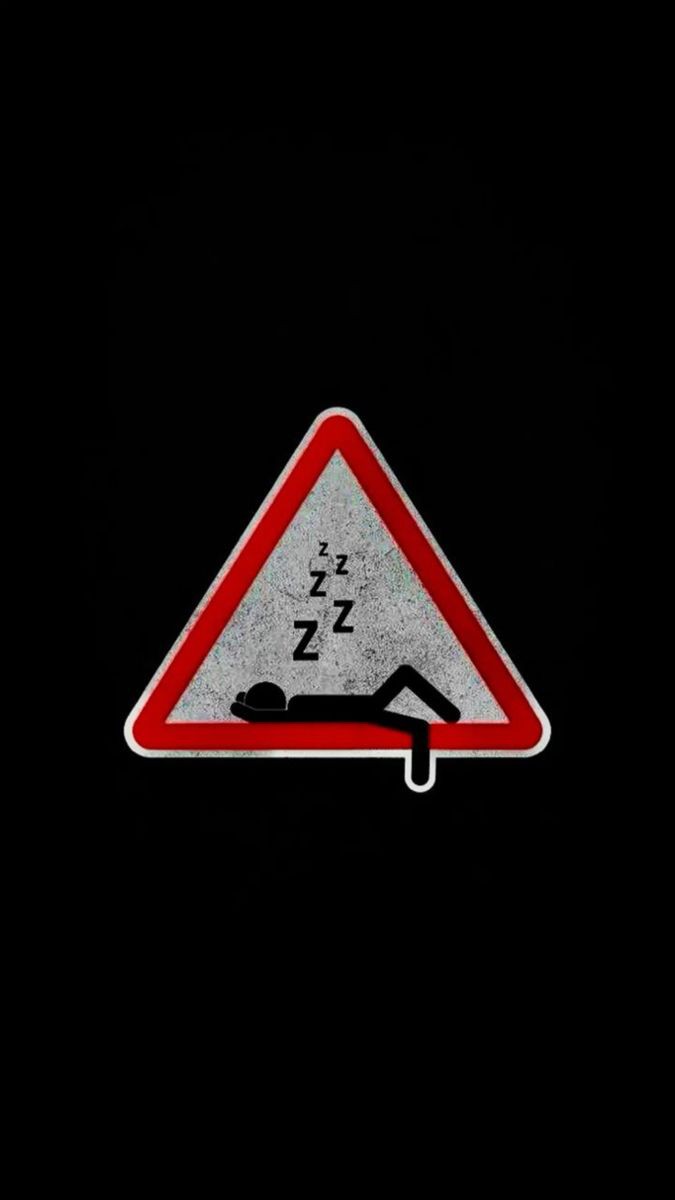"Sleep is not escape. It is design — a living architecture that rebuilds the mind each night."
The Edge of Waking
What does it mean to rest in an age that never truly sleeps?
We drift through illuminated nights, surrounded by soft machines whispering for our attention. Yet beneath the glow of our screens lies an older rhythm — the pulse of darkness, the architecture of sleep — a structure we have forgotten how to enter.
To sleep well today is to resist entropy. It is to reclaim the ancient right to rebuild one's inner cathedral — beam by beam, dream by dream.
The Erosion of Night
The digital era has thinned the night. Our boundaries blur; our nervous systems stay half-lit long past the body's quiet request for stillness.
- Thoughts scatter; attention fragments.
- Memory dulls; emotions stagnate.
- Creativity wanes; presence dims.
This is not mere tiredness — it is a loss of dimensionality. We live half-awake, half-asleep, caught in a flicker between stimulus and silence.
Sleep as Conscious Architecture
Imagine your sleep as a house.
- The Entrance — Twilight: the slow dimming of input, the symbolic crossing from doing to being.
- The Corridors — Rituals: repeated gestures that teach the body to let go.
- The Inner Chamber — Deep Sleep: the sanctuary where consciousness repairs its foundations.
- The Windows — Dreams: openings through which the unconscious breathes new stories into waking life.
When this architecture is sound, we awaken clear and coherent. When it collapses, life feels unmoored — like trying to think in a room without walls.
Sleep is not passive; it's a daily act of design.
Designing the Descent
Principle 1: Build Thresholds, Not Routines
A ritual is not a checklist — it's a portal. It doesn't matter whether it's lighting a candle, sipping tea, or sitting in silence; what matters is the awareness of transition.
Each act says: I am crossing over now. Such thresholds teach the nervous system to descend with grace.
"Ritual is not repetition; it is transition."
Principle 2: Architect the Senses
Light, sound, texture, and temperature are the materials of rest. A single harsh glow can shatter the structure. Design your room like a minimalist gallery — subdued, uncluttered, balanced between silence and softness.
Let darkness become luxurious again.
"When the senses rest, the mind follows."
Principle 3: Honour the Hidden Hours
Depth matters more than duration. Sleep is not something to manage but to surrender to. The more sincerely you allow yourself to vanish, the more vividly you return.
"Surrender is the forgotten skill of the digital age."
Sleeping as Art
Each night is a small rehearsal in disappearance.
- Observe the boundary between wakefulness and rest.
- Create a symbolic gesture of closure — gratitude, reflection, release.
- Allow yourself to fall, not drift — trusting the descent.
With practice, this becomes a kind of nocturnal art form — an intentional act of un-becoming that restores coherence to your waking life.
The Return of the Night
As society grows brighter and faster, sleep may become the new form of quiet resistance. The next revolution in conscious living won't be brighter screens or faster feeds — it will be rooms built for stillness.
Homes will double as sanctuaries for the nervous system. Communities will re-learn how to honour darkness as fertile ground for thought. Designers will measure success not in productivity but in presence.
To sleep deeply is to remember the original architecture of being — the still space beneath all doing.
EPILOGUE: BEYOND REST
The most radical possibility isn't that we need more sleep—it's that we need better sleep.
Design your descent.
Honor the architecture of rest.
What if sleep isn't an escape from consciousness
but its most profound expression?
What if we're not just resting—we're rebuilding?
The night is not empty.
It is full of potential.


